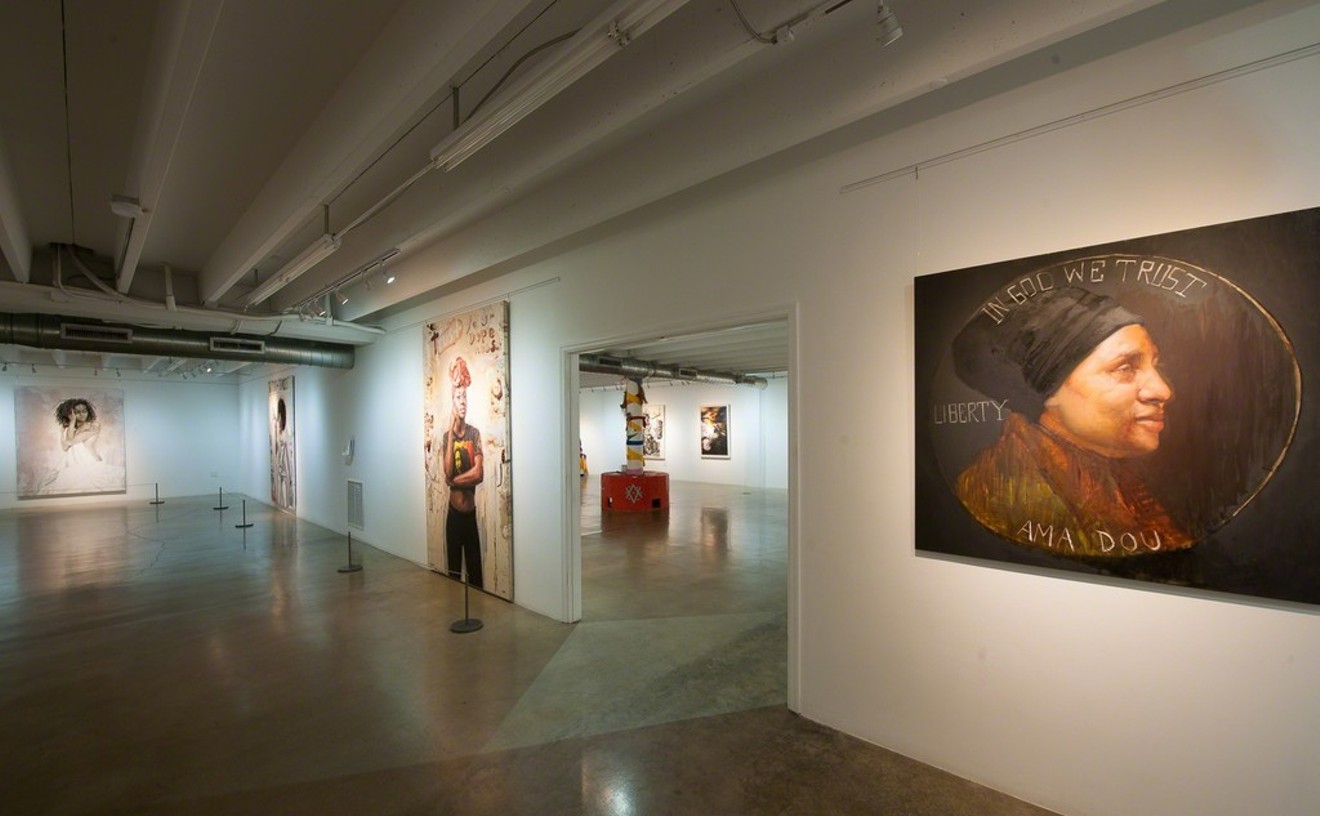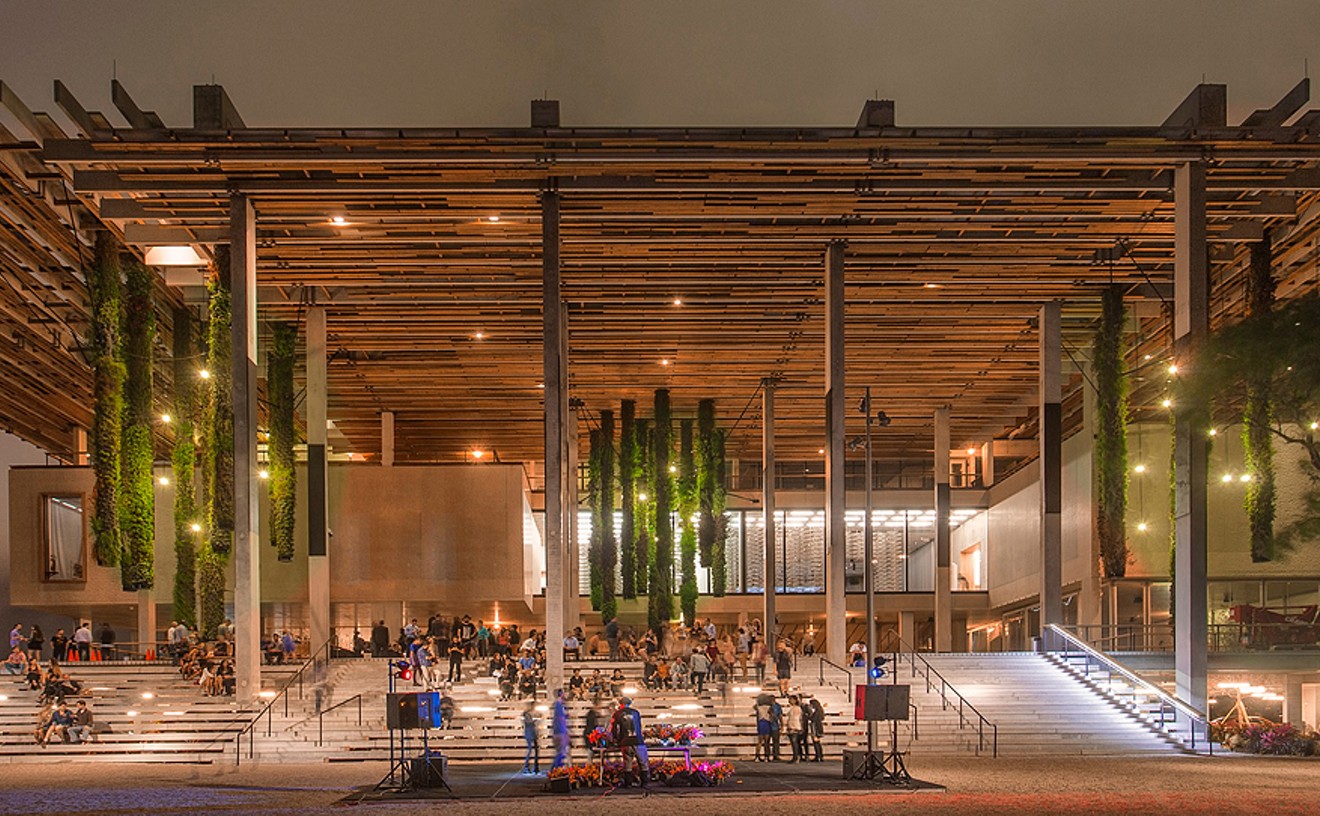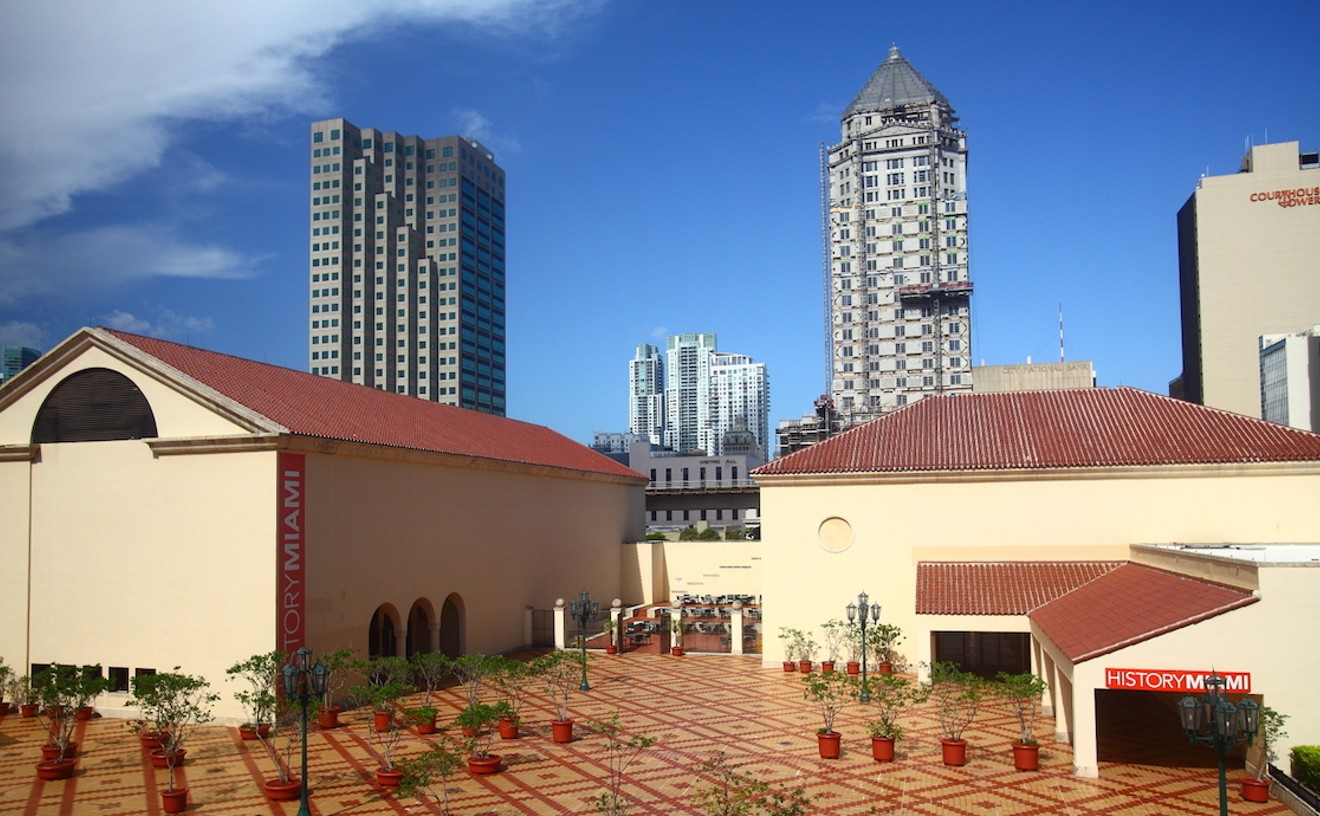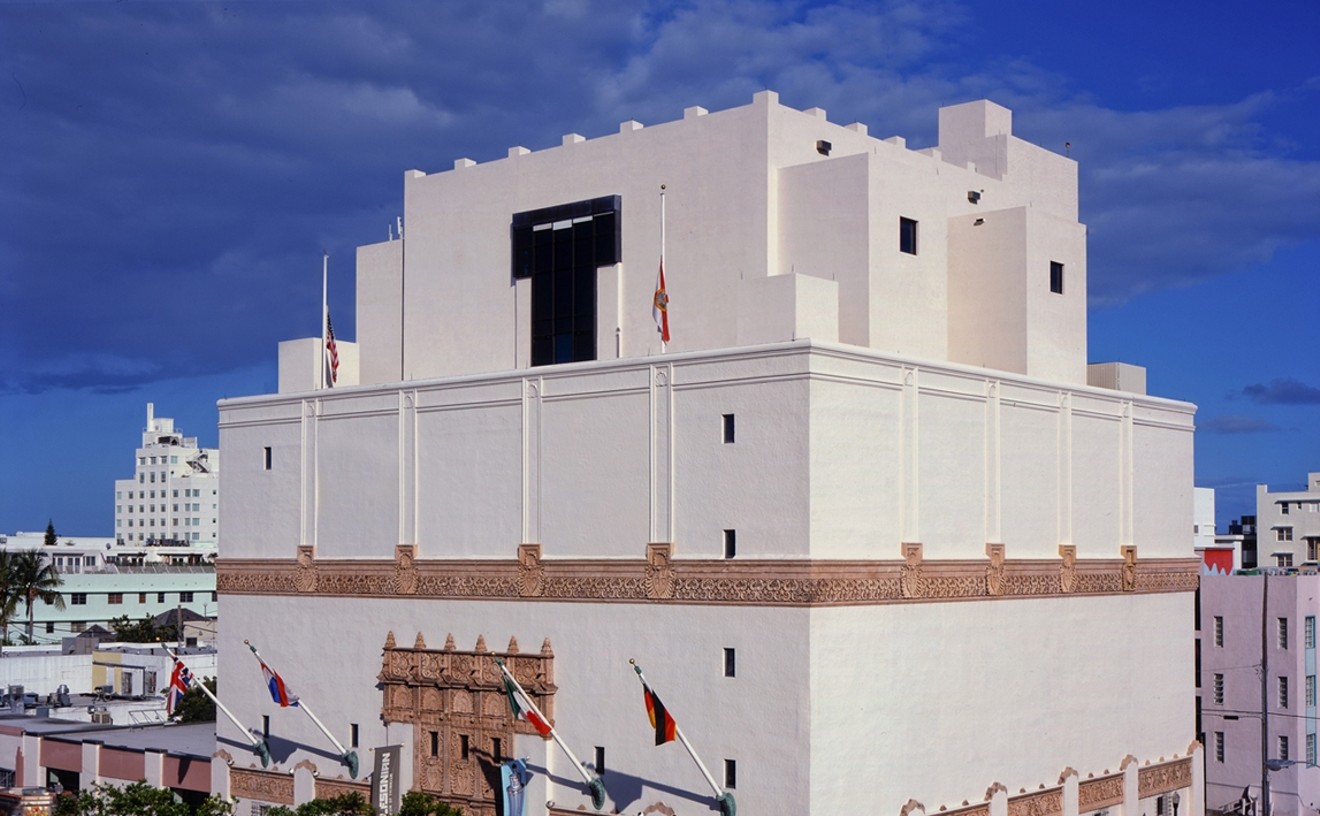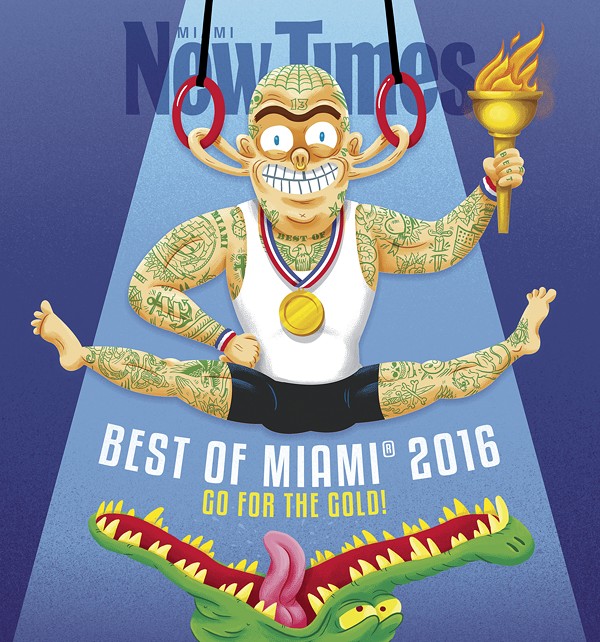Little Haiti is beginning to burst at the seams with new life. As galleries move north from Wynwood, this cultural enclave is quickly becoming the center for high art in the Magic City. One place that stays true to quality work, artists, and the neighborhood is Yeelen Gallery. It has been recognized by Vogue as a hidden gem to visit during Art Basel, and mentioned in the New York Times, so director Karla Ferguson and her husband, painter Jerome Soimaud, have much to be proud of. His exhibition "Black Freedom" described the faces and stories of Little Haiti in charcoal and graphite on large-scale canvases. This gallery has a longer history in the area than others that have popped up and is dedicated to "contemporary urban culture." It pushes back against gentrification by showing pieces by international artists who make work that speaks to both an art crowd and the neighborhood's unique mix of cultures. Yeelen concentrates not only on art but also on social practice, making it more than just a place to watch the walls.
Readers' choice: Wyn 317


